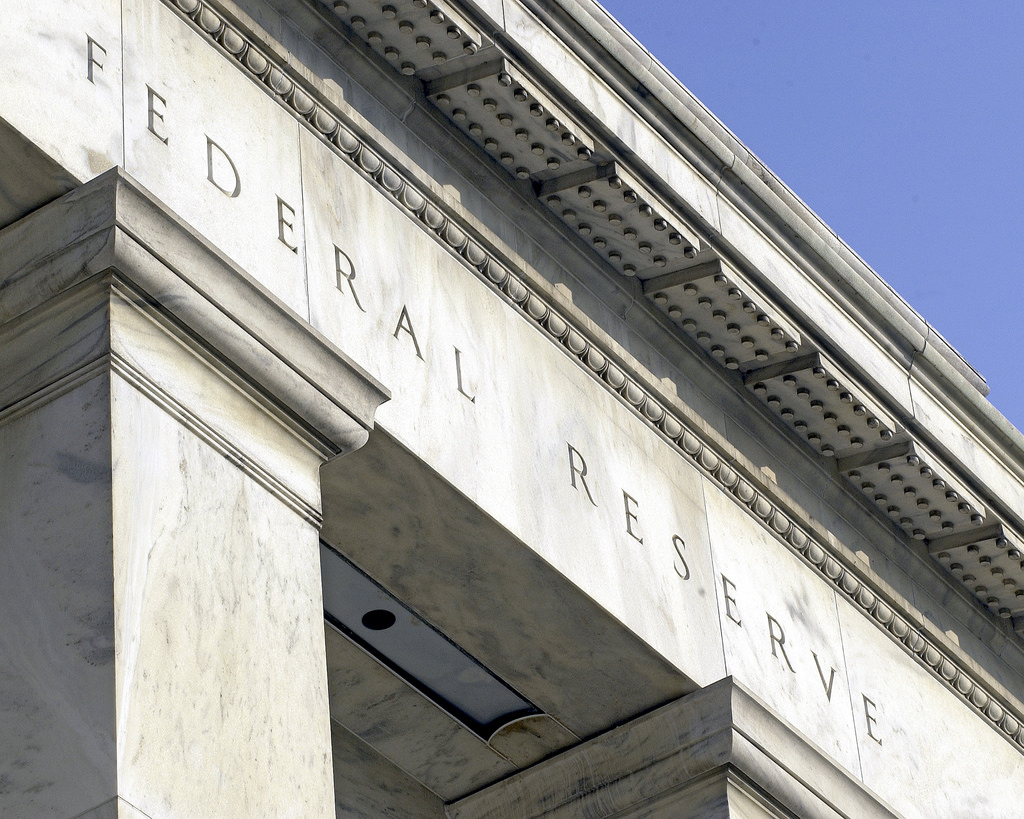AXA IM: First Fed easing expected in July
AXA IM: First Fed easing expected in July

Time is getting tight to get the right messages from the dataflow which will allow the Fed to start cutting in June.
‘The disinflation narrative is clear in the Euro area, it is not in the US, and we had another disappointing print for the US CPI last week,’ comments AXA Investment Managers today. ‘Although producer prices brought some reassurance, we think time is getting tight to get enough confidence for the Fed to cut by June and has brought its expectation for the first easing to July.
Last week we had concluded our analysis of the latest payroll batch with the hope that the March print for the CPI would not be ‘too hot’ so that a fairly fast start of the Federal Reserve policy shift could still be expected. This unfortunately did not materialise, and core inflation came out 10 bps higher than market expectations at 3.8% year-on-year, unchanged from February. This cannot be ascribed only to the resilience in rents. Excluding this component, core CPI re-accelerated in March to 2.4% yoy, the highest pace since July 2023.’
Idiosyncratic developments in some small components of the index can, without any connection to the broad macroeconomic environment, bring some disproportionate contributions to core inflation. ‘This happened again in March with car insurance prices rising by 22.2% yoy, up from already whopping 20.6% yoy in February. When excluding this item as well, core inflation has remained roughly flat at c.1% yoy since the autumn of last year. There are two limits to seeking this sort of reassurance though. First, removing items after items in the inflation basket ultimately makes the result insignificant (we keep only 40% of the weights in core inflation when taking shelter and car insurance out). Second, even this ‘narrow measure’ has been showing some stronger momentum when looking at a three-month annualised basis.’
‘A better-than-expected print for producer prices in March provided some measure of reassurance last week – some of the PPI components are directly used to compute the personal consumption deflator, or PCE, which the Fed favours as the right indicator for inflation – but we are afraid time is getting tight to get the right messages from the dataflow which will allow the Fed to start cutting in June. We have thus pushed back our baseline to the first easing coming in July.’









